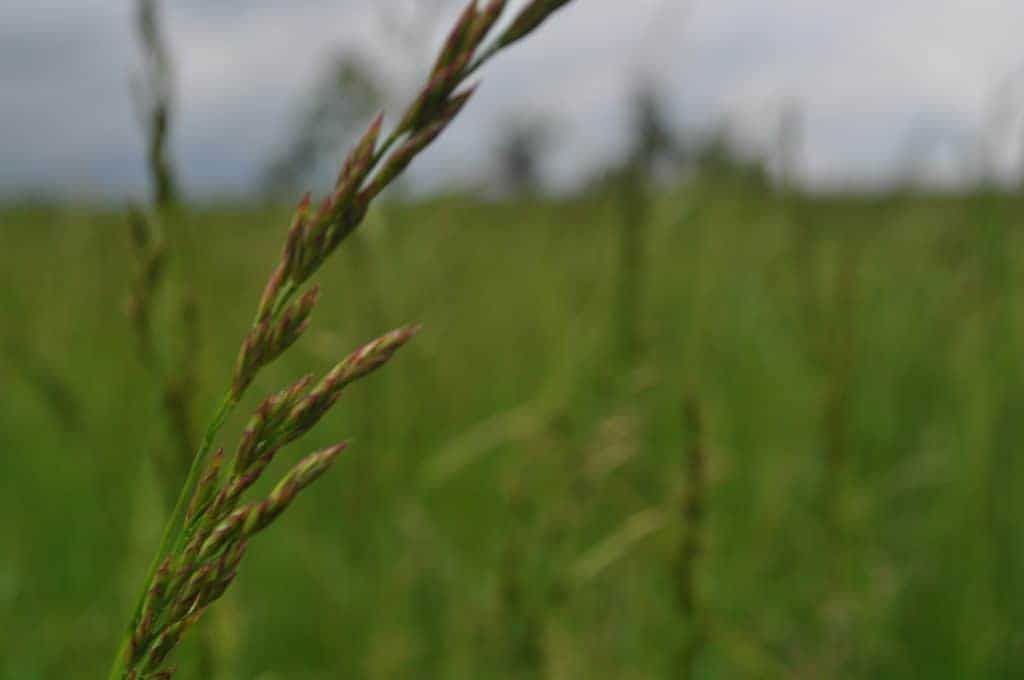
Storing Toxic Substances in Horse Stables
Some products found on farms are flammable, toxic, or hazardous to human and animal health. Learn more about how to use, store, and discard them properly.

Some products found on farms are flammable, toxic, or hazardous to human and animal health. Learn more about how to use, store, and discard them properly.

The foal’s dam developed atypical myopathy in the sixth month of gestation. The foal, born at full term, was eventually euthanized due to atypical myopathy complications.

Some horses that consume monensin eventually recover—a few even return to work—but it hasn’t been clear how toxicity impacted their hearts and subsequent athletic performance. Here’s what researchers learned.

Tall fescue is one of the most widely grown perennial grasses in the world and covers approximately 37 million acres in the United States alone. But some varieties can be detrimental to horses. Here’s what you need to know if you have tall fescue in your pastures.

When it comes to feeding your horses, don’t make the same mistakes you’ve made in the past in the new year.

In this two-part presentation from the University of Kentucky, learn about “Research Into Managing Horses and Cattle on Fescue Pastures” from Dr. Jamie Mathews and “Grazing Mares on Novel Endophyte Fescue” from Dr. Karen McDowell.

Is it dangerous for my horse to graze near areas with black walnut trees and walk through fallen walnuts?

Western Milling has agreed to pay $2.4 million in damages to the owners of several horses that reportedly became ill or died after consuming monensin-contaminated horse feed.

Equine atypical myopathy and seasonal pasture myopathy are caused by eating maple tree seeds or saplings containing hypoglycin A.

The FDA warned Gilman Co-Op Creamery and Farmers/Ranchers Cooperative Association of Ainsworth about monensin contamination in horse feed they produced. Monensin is an animal drug approved for use in cattle, swine, and poultry that is highly toxic and potentially lethal to horses, even at relatively low levels.

Bare pastures and potential hay shortages, coupled with winds blowing seeds from laden sycamore trees, have created the “perfect storm” to increase the risk of atypical myopathy in grazing horses in Britain, BEVA warns.

A Kentucky Thoroughbred farm is reaping the benefits of healthier mares and foals after making horse pasture renovations over the past year with guidance from University of Kentucky personnel.

Although poison hemlock is often seen along roadways and in other nonagricultural sites, in recent years it has expanded into grazed pasture lands and hay fields. Here’s how to keep your horses and other livestock safe.
The U.S. Food and Drug Administration (FDA) is investigating the deaths of six horses in Minnesota allegedly due to horse feed contaminated with monensin.

Health problems can arise when animals—including horses—and people come into contact with the various toxins produced by blue-green algae.
The riders proved that their horses’ positive drug tests resulted from hay contaminated with autumn crocus, which can be toxic to horses.
Stay on top of the most recent Horse Health news with
"*" indicates required fields